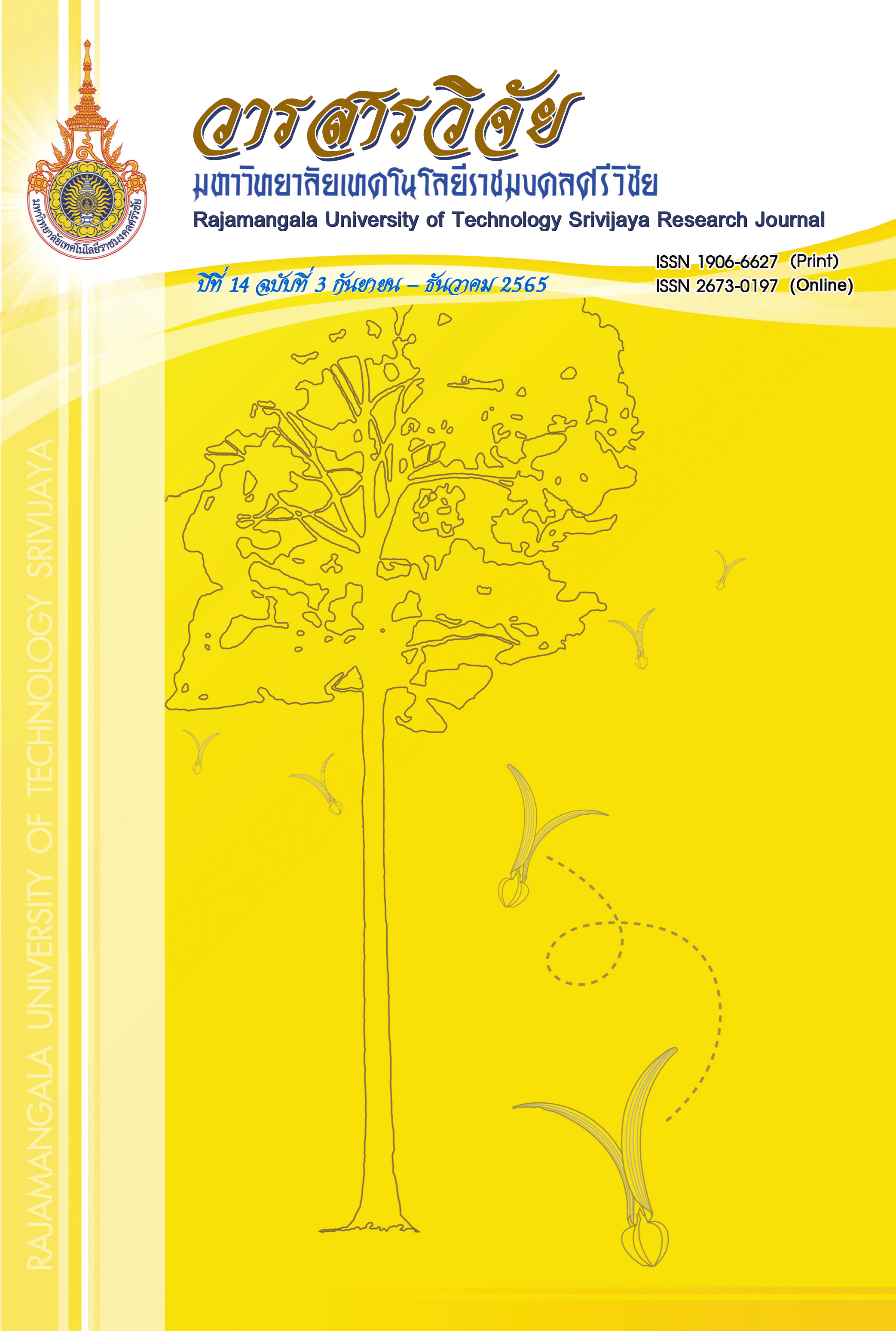The Metamorphosis Behavior of Sheared Edge on Ultra High Strength Steel in Piercing Process
Keywords:
clearance, high strength steel, sheared surface, piercing processAbstract
The objective of this research is to study the metamorphosis behavior of the sheared edge of piercing hole on high and ultra-high strength steel sheet at four levels of the clearance: 3%, 10%, 20% and 40%. The different grades of high and ultra-high strength steel sheet with 1.2 mm thickness were tested with the circular piercing punch with 20 mm diameter. The tooling was produced from cold work tool steel grade SKD11 (JIS) with high hardness level at 60±2 HRC. The finite element technique combined with statistical analysis was performed to investigate the effect of the die clearance on the metamorphosis behavior of the sheared edge of piercing hole during the piercing process. The experimental results showed that the long shear surface was observed for high strength steel workpieces at the narrow clearance. While the clearance increased, the shear surface of piercing hole decreased. For ultra-high strength steels, the small shear surface was found for the piercing at the narrow clearance (3-5%) because of low elongation characteristic. Therefore, the narrow clearance was unable to produce the long-sheared surface. When applying the wider clearance at (8-10%), the sheared surface was longer. However, the sheared surface gradually reduced when the clearance was wider than 10%. Results from statistical analysis emphasized that the difference in clearance distance significantly influenced the sheared surface of piercing hole for both high and ultra-high strength steels.
References
Akyürek, F., Yaman, K. and Tekiner, Z. 2017. An Experimental Work on Tool Wear Affected by Die Clearance and Punch Hardness. Arabian Journal for Science and Engineering 42(11): 4683-4692.
Chang, Y., Han, S., Li, X., Wang, C., Zheng, G. and Dong, H. 2018. Effect of shearing clearance on formability of sheared edge of the third-generation automotive medium-Mn steel with metastable austenite. Journal of Materials Processing Technology 259: 216-227.
Hambli, R., Richir, S., Crubleau, P. and Taravel, B. 2003. Prediction of optimum clearance in sheet metal blanking processes. International Journal of Advanced Manufacturing Technology 22: 20-25.
He, J., Li, S. and Dong, L. 2020. Experiments and FE simulation of edge cracking considering prehardening after blanking process. International Journal of Material Forming 13(4): 547-560.
He, J., Wang, Z., Li, S., Dong, L., Cao, X. and Zhang, W. 2019. Optimum clearance determination in blanking coarse-grained non-oriented electrical steel sheets: experiment and simulation. International Journal of Material Forming 12(4): 575-586.
Hu, D.C., Chen, M.H., Ouyang, J.D. and Yin, L.M. 2015. Finite element analysis of the thermal effect in high-speed blanking of thick sheet metal. The International Journal of Advanced Manufacturing Technology 80(9): 1481-1487.
Husson, C., Correia, J.P.M., Daridon, L. and Ahzi, S. 2008. Finite elements simulations of thin copper sheets blanking: Study of blanking parameters on sheared edge quality. Journal of Materials Processing Technology 199: 74-83.
Jaafar, N.A., Abdullah, A.B. and Samad, Z. 2019. Effect of punching die angular clearance on punched hole quality of S275 mild steel sheet metal. The International Journal of Advanced Manufacturing Technology 101(5): 1553-1563.
Komgrit, L. and Pongsakorn, L. 2019. FE Simulations and Experimental Analysis of the Blade Angle Effect on Sheared Surface in Trimming Process of Advanced High-Strength Steel Sheet. Arabian Journal for Science and Engineering 44(9): 7909-7918.
Mori, K., Abe, Y., Kidoma, Y. and Kadarno, P. 2013. Slight clearance punching of ultra-high strength steel sheets using punch having small round edge. International Journal of Machine Tools and Manufacture 65: 41-46.
Subramonian, S., Altan, T., Campbell, C. and Ciocirlan, B. 2013a. Determination of forces in high speed blanking using FEM and experiments. Journal of Materials Processing Technology 213(12): 2184-2190.
Subramonian, S., Altan, T., Ciocirlan, B. and Campbell, C. 2013b. Optimum selection of variable punch-die clearance to improve tool life in blanking non-symmetric shapes. International Journal of Machine Tools and Manufacture 75: 63-71.
Wang, J.P. 2015. A novel fine-blanking approach. The International Journal of Advanced Manufacturing Technology 78(5): 1015-1019.
Wang, K., Greve, L. and Wierzbicki, T. 2015. FE simulation of edge fracture considering pre-damage from blanking process. International Journal of Solids and Structures 71: 206-218.
Wang, K., Luo, M. and Wierzbicki, T. 2014. Experiments and modeling of edge fracture for an AHSS sheet. International Journal of Fracture 187(2): 245-268.
Won, C., Lee, S., Seo, J., Park, S.H. and Yoon, J. 2018. Stripping failure of punching pin in GPa-grade steels. The International Journal of Advanced Manufacturing Technology 94(1): 73-83.
Won, C., Lee, W., Lee, H.Y., Kang, Y.S. and Yoon, J. 2020. Effect of two-stage press blanking on edge stretchability with third-generation advanced high-strength steels. The International Journal of Advanced Manufacturing Technology 110(1): 13-27.
Downloads
Published
How to Cite
Issue
Section
License
Copyright (c) 2022 Rajamangala University of Technology Srivijaya Research Journal

This work is licensed under a Creative Commons Attribution-NonCommercial-NoDerivatives 4.0 International License.
The content and information in the article published in Journal of Rajamangala University of Technology Srivijaya It is the opinion and responsibility of the author of the article. The editorial journals do not need to agree. Or share any responsibility.







